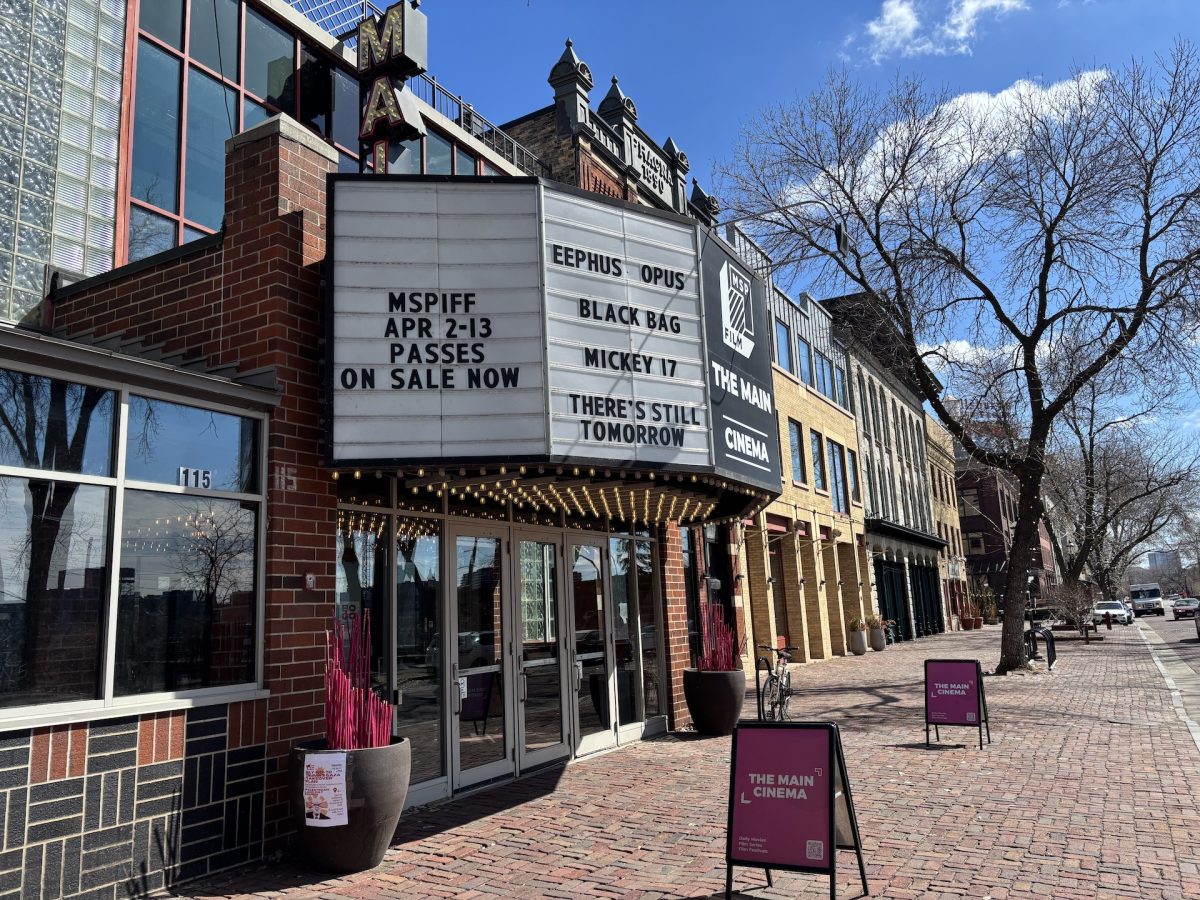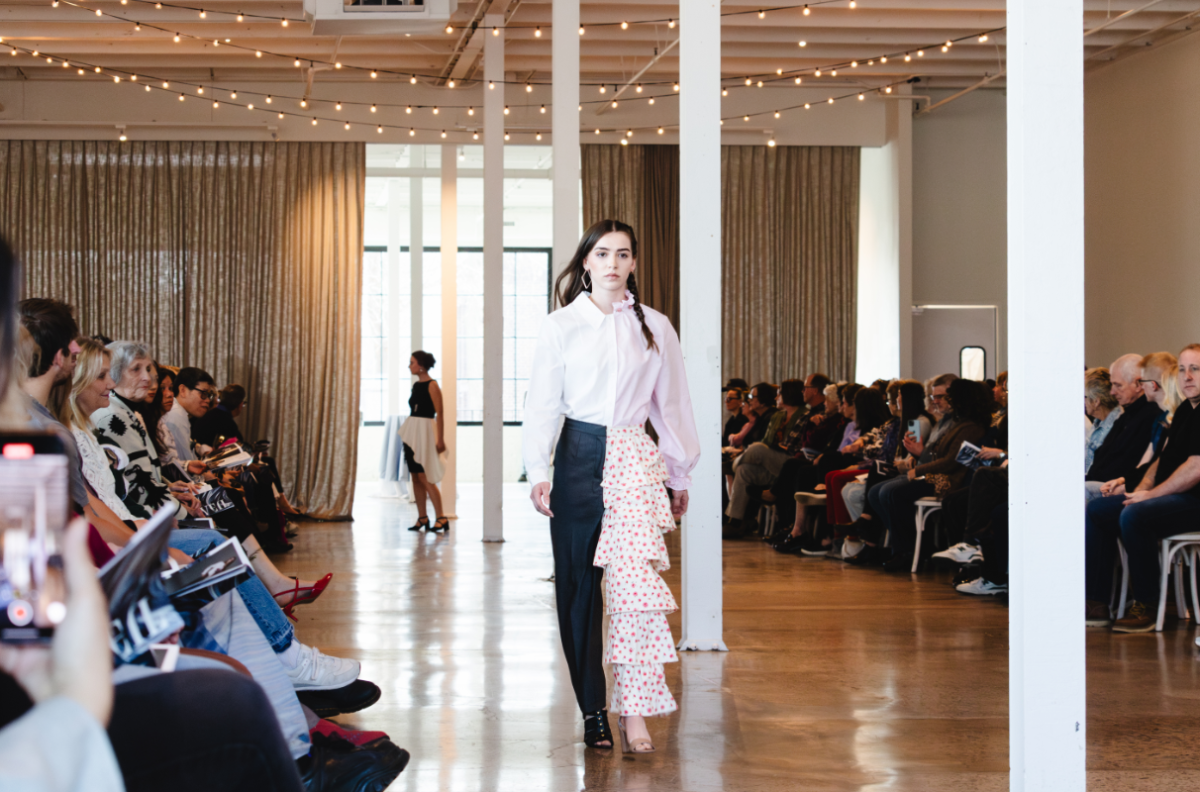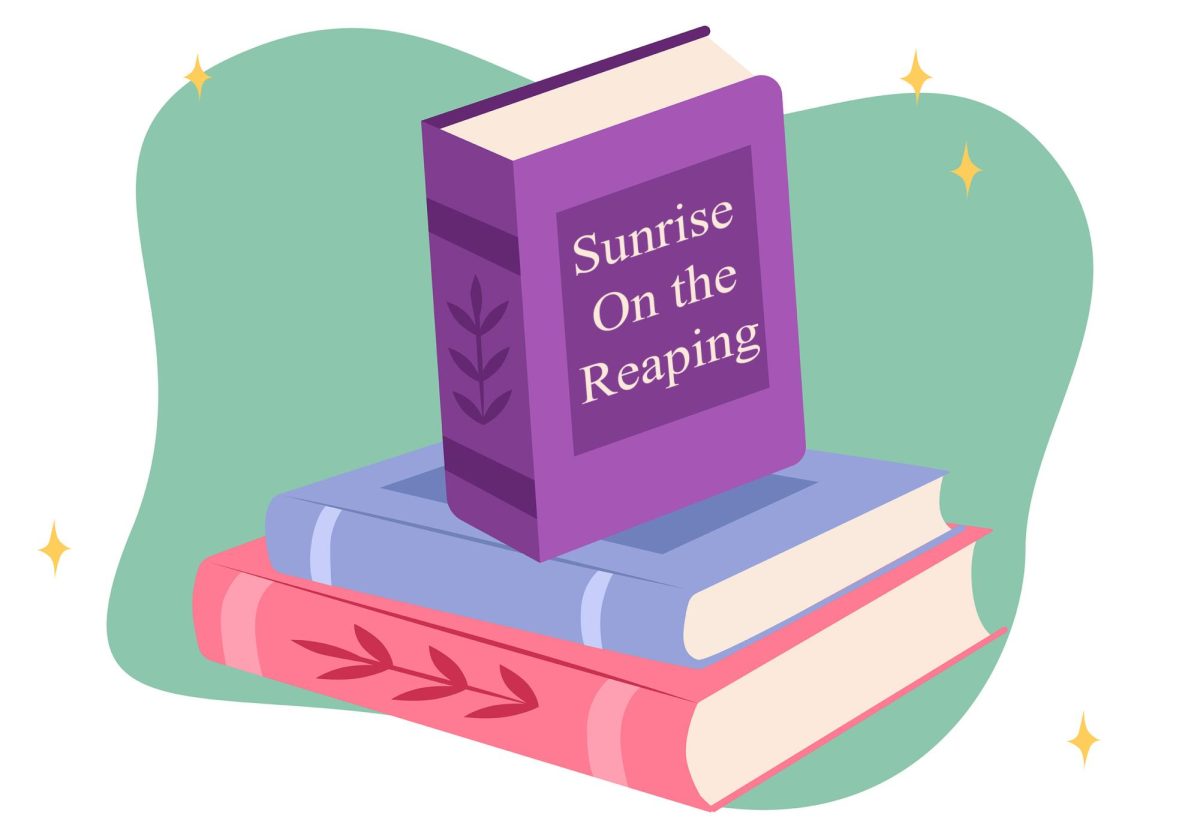Water has reinforced itself as a pervasive, unstoppable element from East to West – from the 2004 tsunamis that tore through East and South Asia, reaching as far as Kenya and Tanzania in east Africa, to the recent droughts in China’s Chungqing Municipal and Sichuan province, to Coca-Cola’s campaign for continual water privatization in Mehiganj, India, and throughout the country.
In “Duurbaar: Journeys Into Horizon,” University professor of theater arts and dance Ananya Chatterjea and her company, Ananya Dance Theatre, use water as a metaphor for feminine strength to gain due recognition for women as an integral part of societies.
Though the women come from different cultures and histories, the metaphor of water,as an essential element signifies their shared experience.
Ananya Dance Theatre is composed of 22 members between the ages of six and 64 from local communities of color, including five woman associated with the University: graduate students Aimee Agpoon and Serena Thompson, professor of postcolonial and Caribbean women’s literature Omise’eke Natasha Tinsley, student activities adviser Gina Kundan and 2006 alumna Chitra Vairavan.
The company pursues community strength through artistic excellence, addressing local and global issues pertaining to nonwhite women.
“I’ve been thinking a lot about the Mississippi,” Tinsley said. “Even though we are in some way isolated and cut off from where we came, we are still connected.”
The company is made up of a diverse set of performers with aesthetics from Taiwan, Africa, Japan and India, and Asians and blacks whose approach hybridizes their cultures with that of America.
Like her embrace of diversity, Chatterjea’s approach to dance incorporates a variety of styles. She borrows from the classical, sculpturesque Indian dance form, Odissi, yoga’s sustained breath-based work and the graceful extensions and strident movements found in the Indian martial art, Chhau.
The company’s 2005 production, “Bandh: A Mediation on Dreams,” received the Sage Cowles People’s Choice Award, chosen by the Minnesota dance community, and was named Best Dance Production of 2005 by Mpls.St.Paul magazine.
Chatterjea said that “Bandh” was based on the idea of making space for women’s dreams. In that sense, “Duurbaar” maintains a degree of continuity.
“(‘Duurbaar’) starts in a darker place and transcends to a space of joy through the encounter of water,” she said.
Darkness looms over the introduction of “Duurbaar,” beginning with a deliberately slow mass exodus. The musical arrangement by Delhi-based musicians and composers Shubha Mudgal and Aneesh Pradhan ushers the exiles with a tumultuous pulse of hypnotic percussions, vocals and reverberations that fall into moments of reflective quietude between cymbal crashes.
The stark juxtaposition of sound and silence and the somber, hesitant expressions cast by the dancers evoke the struggle of leaving their past for an elusive promise of prosperity.
The women’s determination, despite these apprehensions, illustrates the production’s title, “Duurbaar,” which means “unstoppable” in Bengali. The title also refers to an organization of the same name that is led by sex workers in Kolkata, India, working toward recognition as individuals. Kolkata has one of the world’s largest and poorest red-light areas and is a major inspiration for the dance.
“Think of all the women in Iraq just getting up and sending their children to school every morning,” Chatterjea said. “That is heroic. They are actually sustaining life force in a place that is all about destruction.”
After the exodus, “Duurbaar” continues with both ensemble acts and individual pieces, often combining the two, with the individuals’ roles providing an encompassing narrative to contextualize the ensemble.
Throughout the performance, jugs, pots and basins are implemented into the choreography. The containers represent the practical aspect water has in these women’s daily lives, as a metaphorical container for nonwhite women and contributing to the production’s instrumentation.
While initially empty, the containers are filled with water in the second half of the performance. The stage floor is covered in a thin film of water that surges with energy as the footwork intensifies.
The containers’ role as an artifact of work and domesticity adopts a celebratory dimension.
“We go through a transformation when the water is poured on us,” said Aimee Agpoon, a master’s in education student.
That transformation is the actualization of numerous journeys embarked upon by disenfranchised nonwhite women. What emerges is a visual and sonorous praxis of feminine ideals.
Serena Thompson, a neuroscience master’s and doctoral candidate, said that in the beginning the containers possess meaning to the women, but by the end they do not need them.
“In some ways, all of us have been struggling to find a space to have our own voice,” Agpoon said.
“We’ve really had to create that safe space for ourselves,” Tinsley added.
In the finale, while the horizon both broadens and brightens, the shehenai is played like a triumphant jazz exaltation while a flush of percussions mimics the sound of ocean surf.
The final moments, infused with all the epic grandeur these women’s journeys demand and deserve, provide that sublime sense of faith and independence for which the women of Ananya Dance Theatre, and nonwhite women, have journeyed.







